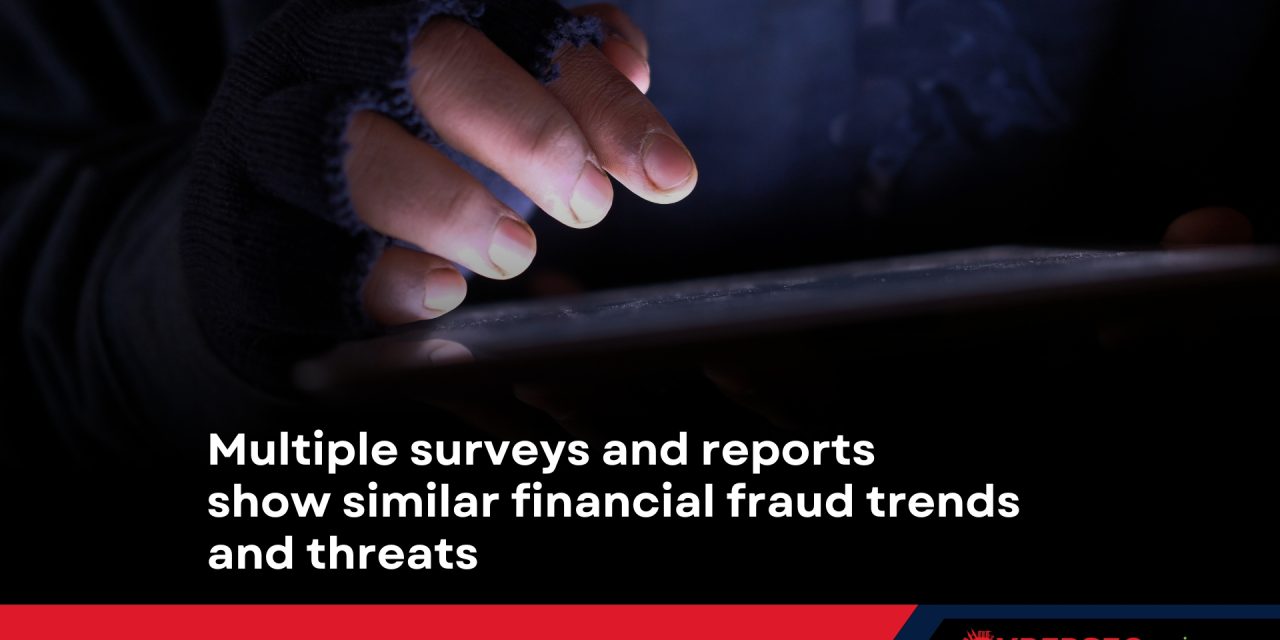While consumers are expecting to be blameless in fraud incidents, financial institutions are struggling in the AI ‘arms-race’ with cybercriminals…
Based on a July/Aug 2024 survey of 1,001 adult consumers across Singapore* on their attitudes towards the online banking, perceptions and experiences regarding online banking fraud, and personal investing habits, some findings have been linked to the country’s high levels of digital/banking fraud.
First, strengthening online security topped the innovation wish lists of respondents, with account “money lock” features (prevalent in the country’s local banks) emerging as the most desired innovation; followed by “cardless withdrawals” and “voice-activated virtual assistants”.
Second, 86% of respondents considered feeling that “their personal information and assets are secure” as a top priority, and 68% cited being satisfied with their banks’ performance in this area.
According to Kanv Pandit, Head of Corporates and International Banking, FIS, which commissioned the survey: “Examining attitudes towards balancing security and convenience, it is clear that consumers want fast and seamless experiences in today’s digital age, however not at the expense of security… Banks must act swiftly or risk customers switching banks if security is perceived as not strong enough, particularly around investing and moving money.”
Digital fraud: worldwide sentiments
Elsewhere, surveys and government studies have discerned trends around consumer sentiments about online banking, digital fraud, and data protection.
- A 2023 survey of 1,000 Americans by FICO about their attitudes towards fraud prevention and customer experience found that a significant portion of respondents were concerned about online banking fraud and expected their banks to take full responsibility for any fraud incidents.
- The 2024 State of Fraud Benchmark Report by Alloy, a survey of over 400 decision-makers in the US/UK in fraud-related roles at financial services firms, highlighted that nearly 60% of respondents from banks, fintechs, and credit unions reported losses of over US$500K in direct fraud in 2023. The most common type of fraud was Authorized Push Payment (APP) fraud, often resulting from social engineering scams.
- The 2024 Digital Banking Fraud Trends report for the Asia Pacific region by BioCatch noticed key trends reported by financial institutions, citing a rise in mobile malware and social engineering scams, with specific case studies from countries like Singapore, India, and Hong Kong.
- Other reports such as the 2024 Global E-commerce Payments & Fraud Report by CyberSource, involving 1,100 merchants from 37 countries, had concluded that there has been “a continued increase in several forms of fraud, with rates of first-party misuse (FPM) rising rapidly, in particular… Despite significant internal obstacles, including lack of sufficient fraud management resources and perceived gaps in fraud tool functionalities, merchants are putting into place comprehensive strategies that leverage multiple techniques and solutions to try to rein in FPM and other prevalent fraud threats. These include tools and tactics tied to flagging and checking, verification and identification, and enhanced requirements, as well as utilizing card brands’ updated compelling evidence rules to block or overturn FPM disputes.”
- Another 2024 survey by NICE, involving 114 fraud-risk professionals operating predominantly within banks, wealth management firms, fintechs and other non-bank financial institutions in nine countries in the Asia Pacific Region, reported that respondents had likened the use of AI tools by financial institutions (FIs) to an “arms race between FIs and fraudsters”. Another insight was: “budget constraints are a key issue for the industry, but that deeper integration between anti-fraud and AML teams, the use of AI/ML to drive efficiencies, and regulatory initiatives such as mandatory liability-sharing models could serve to alleviate these pressures.
The various surveys and reports share common findings about the ever-evolving digital fraud landscape and slowly growing cyber awareness among consumers.
Whether as a result of over-prioritizing friction-free banking; carelessness or lack of cybersecurity hygiene knowledge; or insufficient reactionary protection from their banks and financial institutions, consumers around the world have been increasingly vulnerable to digital scams, fraudsters and cybercriminals.
*spanning groups of Generation Z (aged 18–27), Millennials (aged 28–42), Generation X (aged 43–58) and Baby Boomers (59+).

















